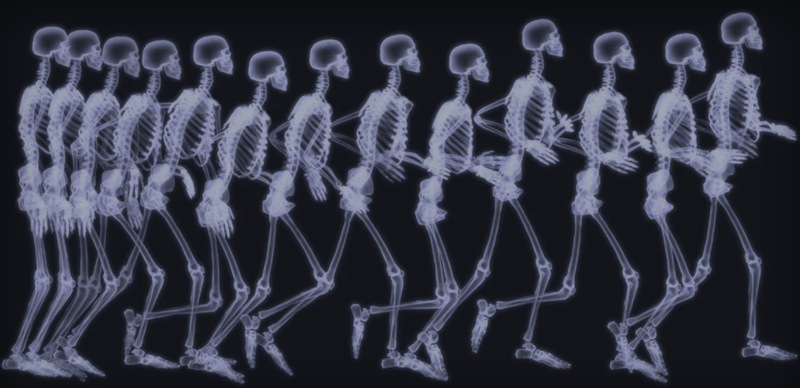
A baseline is information gathered at the beginning of a period from which variations that subsequently develop are compared. In sports medicine and/or functional movement testing, there is often paralysis or doubt initially if there is no baseline. The incorrect assumption here is that a baseline is needed for insights into the results, or to provide a plan of what to do next. However, many times this belief is held because the testing is subjective and unreliable anyway (see FMS test below). In this era of big data, the hope is that more data points can somehow make visual grading of movement reliable and effective. More data is not better data, more data is just more data.
Perhaps the term baseline is used in concussion situations, often referring to cognitive tests or balance performance. But the Concussion in Sport group indicated that “Baseline testing may be useful, but is not necessary for interpreting post-injury scores. If used, clinicians must strive to replicate baseline testing conditions.”
Most gold standard concussion tests (BESS – The Balance Error Scoring System is commonly used by researchers and clinicians to evaluate balance.) involve subjective balance; count how many times you touch down on the floor, which is line with most practitioners’ rationale for doing baselines…more data many other research points to this educational rationale as the reason for baselines.
In the era of both uncertainty and big data, never has there been a better time to drop these old notions of needing a “baseline”. This time of incredible technology innovation allows us to leverage large data sets from a cloud database, as well as rely on data processing techniques (i.e. machine learning) to identify risk at the first point of measurement.
What practitioners and athletes really need is normative database, or norms, as this comparison allows you to take action or NOT.
McCrory P, Meeuwisse W, Dvorak J, et al. Consensus statement on concussion in sport—the 5th international conference on concussion in sport held in Berlin, October 2016. British Journal of Sports Medicine 2017;51:838-847.